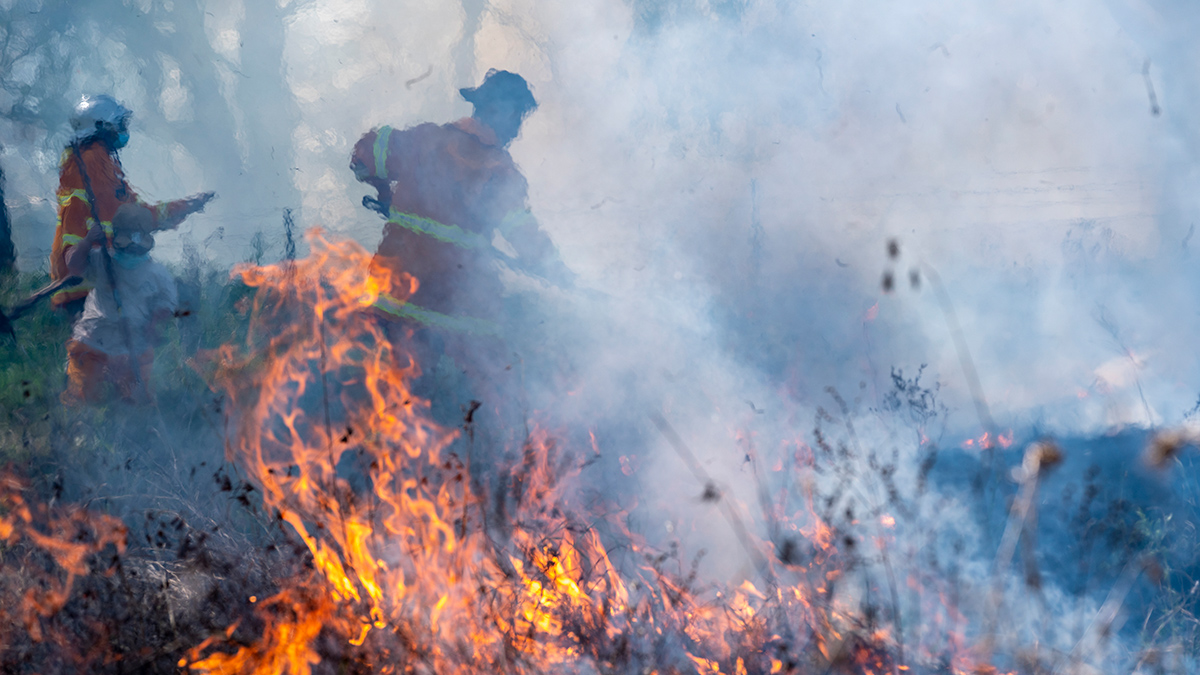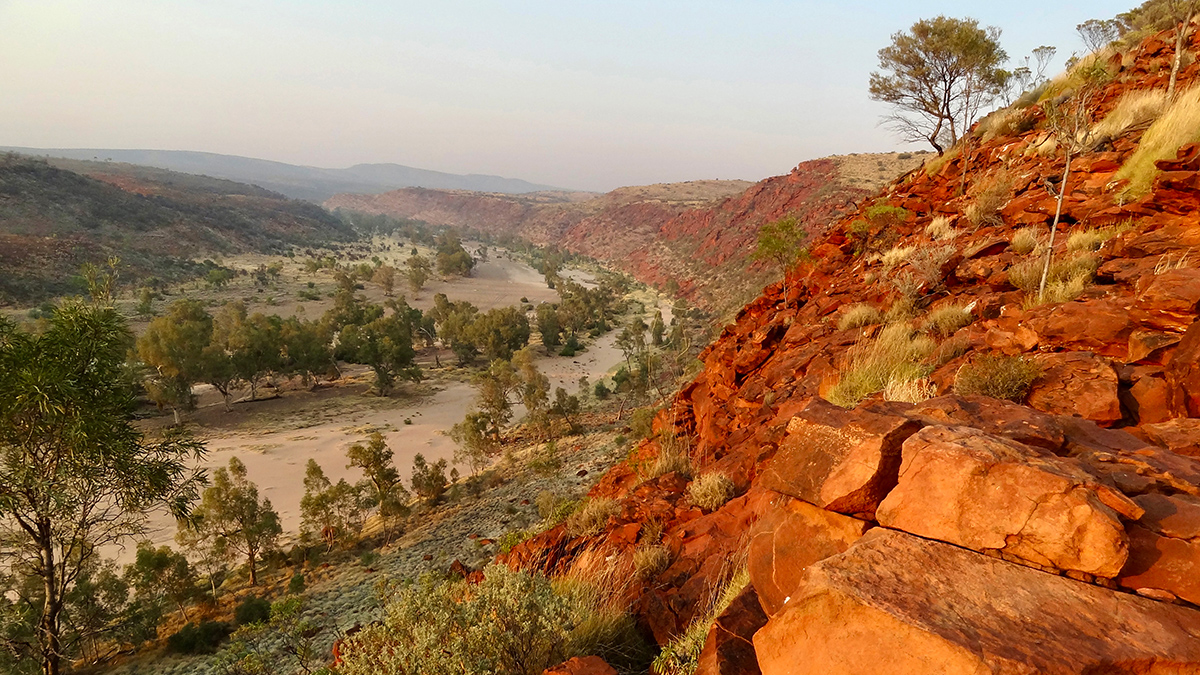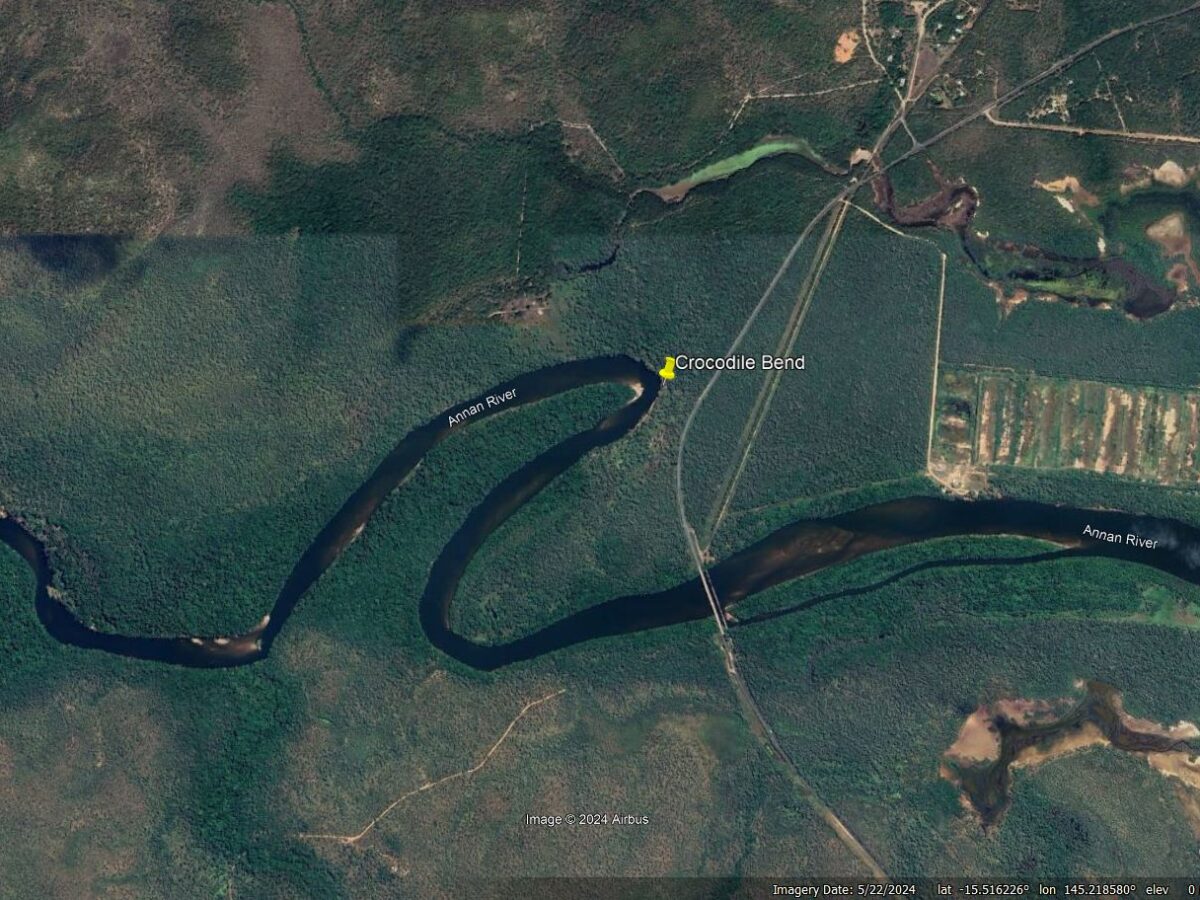Al alterar prácticas milenarias de gestión del fuego, la colonización creó una situación mortal en los bosques australianos, pero aún no se sabe hasta qué punto se extendió la “quema cultural”.
Australia
The 14 January 2025 landslide at McCrae in Victoria, Australia
The Landslide Blog is written by Dave Petley, who is widely recognized as a world leader in the study and management of landslides. News outlets in Australia have extensive coverage of a landslide that occurred on 14 January 2025 on Penny Lane in McCrae, Australia. The landslide destroyed totally a large house. A employee of […]
Six Thousand Years of Controlled Burning, Up in Smoke?
By disrupting millennia-old fire management practices, colonization created a deadly situation in Australian forests, but the jury is out on just how widespread “cultural burning” was.
Ground-based Transmitters Cause Radiation Belt Electron Loss
A U.S. Navy transmitter in Australia produces wisps of electron loss as observed by the Colorado Inner Radiation Belt Experiment (CIRBE) CubeSat in Low Earth Orbit.
Lithospheric Oddities May Be Sculpting Continental Interiors
Researchers propose a novel explanation for vertical motions of Earth’s surface far from active tectonic plate boundaries.
Hungry Stingrays Shift Serious Amounts of Sediment
While digging for food on estuary bottoms, rays push around literally tons of sediment, changing their habitat in profound ways.
A tragic riverbank collapse near to Cooktown in Queensland, Australia
The Landslide Blog is written by Dave Petley, who is widely recognized as a world leader in the study and management of landslides. On 3 August 2024 an unusual and tragic landslide occurred at close to Cooktown in Queensland, Australia. Reports indicate that a man on vacation in the area was fishing on a riverbank […]
The Crocodile Dundee Site Helping Rewrite the History of Australian Bushfires
A lake made famous by Hollywood has yielded powerful new evidence that humans have conducted controlled burns on the Red Continent for tens of thousands of years.
Measuring Methane Stemming from Tree Stems
Wetland tree stem emissions have emerged as a significant contributor to the global methane budget. A new study tracks how they vary by season, location, and hydrological conditions.










